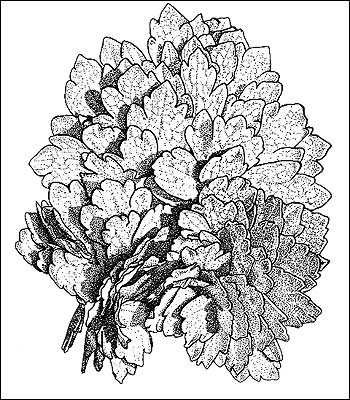
By David Wagner
 |
| Tall Meadow Rue, Thalictrum fendleri |
Watching the progression of spring is simply thrilling this time of the year. A string of four or five sunny days inspires a flurry of work in the yard and garden: Fertilize the rhodies and spread mulch, get seed potatoes before they sell out. People get so excited that the seed potatoes are sold out long before it is the proper time to plant them. St. Patrick’s Day is the traditional potato planting day in temperate regions, like Ireland. However, if the soil is waterlogged now is not a good time. Covering a raised potato bed with a tarp to keep rain off may allow an earlier start.
Song birds are starting to proclaim rights to their territory. The same towhee has taken up residence across the street for the second year in a row. Maybe it has been there longer but I learned to recognize his call last year.
By the middle of March over two dozen kinds of wildflowers bloom. Some people may be anxious that the rate is not as fast as they would imagine a warm spring warrants. They want everything to bloom right now. The problem with this attitude is lack of appreciation of plant time. Watching a plant grow day by day, just a few minutes at a time, will help develop a sense of plant time. Focusing on the pattern will reveal change every day. The pattern is lovely every day, long before the flower buds burst open, a little different every day.
David Wagner is a botanist who has lived in Eugene for more than 30 years. He teaches mosses and leads plant walks. He may be reached at fernzenmosses at me.com